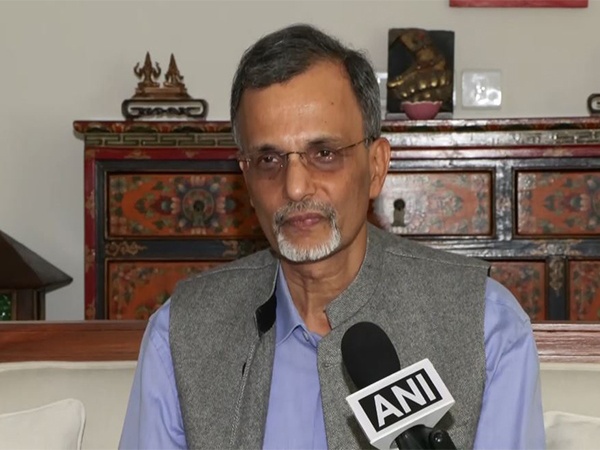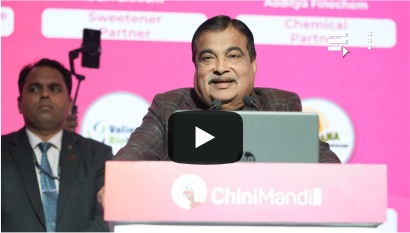New Delhi [India]: Chief Economic Adviser (CEA) V. Anantha Nageswaran said on Saturday that he sees several “silver linings” in the Indian economy that offset the impact of external demand on the country due to US tariffs.
He backed his argument by stating that the measures taken by the government, such as direct tax cuts, forthcoming GST tax structure reforms, and the employment-linked incentives, among others, are supportive of the overall economy.
“There is an emphasis given to structural reforms such as deregulation, which involve the ease of doing business, ease of being honest, etc. So I think all these factors will actually reduce the uncertainty related to the tariff,” CEA Nageswaran told ANI.
He said that even in August, data showed that the economy had performed well.
“So there are quite a few silver linings, which (can) kind of offset the external demand impact we will face from the US,” he asserted.
Speaking about firm Q1 GDP numbers, CEA Nageswaran said the key factor that drove the performance of the economy was actually the robust strength in both the manufacturing and services sectors, besides government consumption.
India’s real GDP is estimated to have grown by 7.8 per cent in the April-June quarter of the financial year 2025-26, surpassing the 6.5 per cent growth rate in the same quarter of the previous fiscal, according to official data released on Friday. India’s nominal GDP grew at an annual rate of 8.8 per cent during the April-June quarter.
On a question about whether there will be any impact from US tariffs, Nageswaran said he thinks it’s “somewhat inevitable that there will be an impact, particularly on the external sector side,” which might spill over into domestic production and also domestic capital formation.
“But, I think the slowdown, whichever, whatever we may see in the second quarter and possibly in the third quarter, it will be relatively contained, and it may be temporary and transitory, because the uncertainty related to the tariff, in my view, will not necessarily continue for too long,” he continued.
When asked about job losses due to US tariffs on Indian goods, Nageswaran stated that any job losses, if they occur, will be limited to those export-oriented units that are highly exposed to the United States.
“Some of them will be able to find alternative markets, and some of them may also decide to take a medium to long-term view, that if the ongoing uncertainties related to the tariffs are going to be contained and temporary, they may choose to look beyond that, and not necessarily let go of their workers,” he said.
“…there could be compensation coming from higher domestic demand. We have had a very good monsoon season. Agricultural rural demand will be rising. Rural wages are actually in real terms, rising faster…,” he added.
The direct tax relief provided in the Budget may increase disposable income in the hands of households, leading to higher domestic demand. “…that can offset the effect of slightly lower demand coming from the US, which may happen in the second and parts of the third quarter,” Nagesawaran said.
“So it is not necessary that job losses, if they happen, will be of a significant nature, so as to cost a sort of dampening effect on the overall economic activity,” he reassured.
Asked about the possible impact of the upcoming GST rate rationalisation on government revenue, he refrained from giving any numbers, stating that it would be difficult to estimate and give a precise number. “Much will depend on whether the actual rate reduction will be resulting in lower revenue growth, or will it be offset by the fact that it puts more disposable income in the hands of people, and which will, in turn, will lead to higher consumption, in which case the volume growth pickup can offset the impact of lower rates,” he explained.
Referring to National Payments Corporation (NPCI) data, the CEA alluded that there has been a significant growth in online payments, both in terms of volume and value, indicating robust public spending.
Prime Minister Narendra Modi, from the ramparts of the Red Fort on August 15, announced that a next-gen GST reform is on the horizon by Diwali.
The next GST Council meeting is scheduled for September 3-4 in Delhi, and the reform agenda is expected to be discussed. (ANI)















